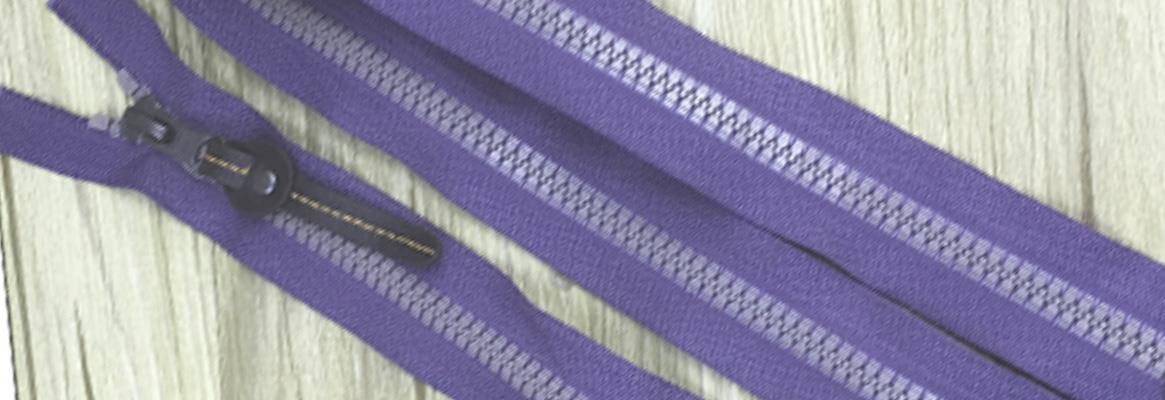While purchasing zippers, consider its colour fastness since it directly affects the quality of the final product - SBS Zipper.
Colour fastness refers to the resistance of colours to fade or bleed against various influences such as water, light, rubbing, washing and perspiration.
Before finalising the deal, buyers should check and select only those zippers that are apt for the particular clothing line. Colour fastness testing which is most commonly applied to textile, apparel, and fabric testing helps to understand the level of bleeding that occurs to a material. There are a wide range of colour fastness test techniques that can be undertaken.
In the zipper manufacturing industry, colour fastness can be measured in colour transfer, light fastness and soaping fastness. In the Textile industry, the wash fastness ranges from level 1 to level 5 while the light fastness of dyes ranges from level 1 to level 8. Higher the level, better is the fastness.
Light fastness
Light fastness refers to the resistance to intense sunlight. Dull performance of a product in light fastness testing shows that the product is likely to fade when exposed to sunlight. Additionally, light fastness can refer to the resistance to sweat stains that can be caused by exposure to the intense sunlight
Colour transfer
Apparel manufacturing industry uses materials such as PVC, PE and various coated functional fabrics, whose complicated manufacturing processes will produce chemical additives. These additives will then penetrate into the inner layer of the fibres. If they are in contact with the fibres tapes for a long time, the dye molecules will begin spreading from the inner layer to the surface layer of the fibres.
Soaping fastness
The soaping fastness is related to the zipper tapes, which are dyed using the disperse dyes. It refers to the degree of staining effect exerted on the single fibre or multi-fibre fabrics by the fading of the dyed fabrics under certain washing conditions.
Different washing conditions will lead to a difference in the soaping fastness. Zipper tapes should not be subjected to hot water washes and excess detergent can cause damage too. The temperature should generally not exceed 40 degree.
Always be cautious while handling zippers, metal zippers in particular.
The risk of metal zippers changing colours is extremely high when they are sewn into bleached, knit wool products which are bleached using oxidizing bleach, such as hydrogen peroxide, or a reducing bleach, such as sodium hydrosulfite. Some of the wool products are also treated with chlorine oxidizers for a shrink-resistant finish.
If proper washing does not take
place after treatment, especially when sodium hydrosulfite or chlorinating
agents and gases such as chlorine and sulfur dioxide may be emitted, there are
chances that these chemicals and gasses may cause the metal components of
zippers to change colours. If the treated wool products are put into sealed
bags directly after the processing process and the metal zipper components are
exposed to chemicals in humid conditions, then reactions may occur.
Below are the points that are to
be considered when using metal zippers in wool items:
- Always use wool fabric that has
is completely washed and dried.
- Before wrapping wool products,
allow them to cool down after pressing.
As the largest zipper wholesaler in China,
we always pay a lot of attention to the color fastness of zippers to ensure
more colorfast products. Contact us if you don't know what types of zippers you
should use.
References:
1. Sbs-zipper.com
2. James-heal.co








Comments